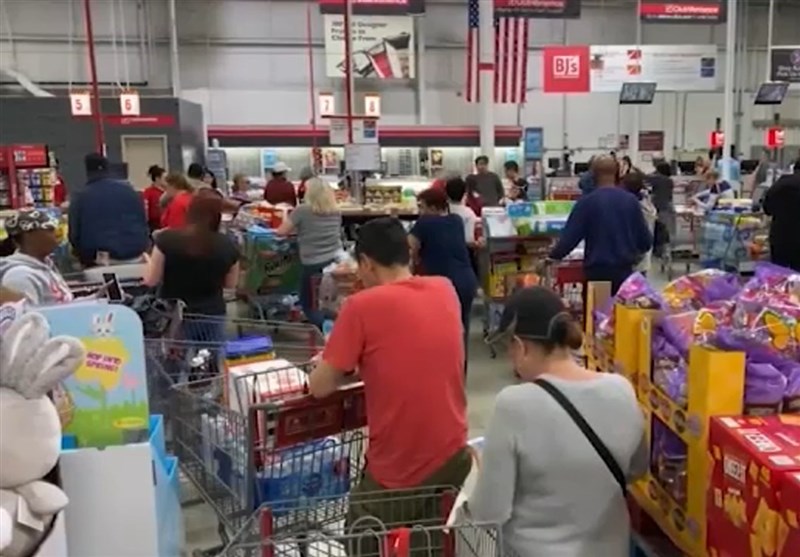Food Prices Rise in US As Inflation Looms
TEHRAN (Tasnim) – Food costs have risen further in the United States in recent months as the latest variant of the coronavirus is being blamed for the economic instability that Americans had hoped would soon come to a halt.
According to the US Bureau of Labor Statistics, restaurant prices soared 5.8% in the 12 months to November without seasonal adjustment. This is the largest 12-month increase since the year ended in January 1982.
Unfortunately, grocery prices are also at record highs for those who want to focus on home cooking and keep spending down. Food prices have risen 6.4%, the largest 12-month rise since December 2008. Beef showed the most dramatic rise, with a 20.9% price increase, California News Times reported.
The sharp increase underscores the fact that restaurants and food manufacturers are unaffected by supply chains and labor pressures that contribute to overall price increases.
Still, they realized that their customers were willing to spend more. In fact, restaurants are increasing prices as their food and labor costs go up, and so far, consumers are accepting price increases, they say.
McDonald’s said in October that it expects menu prices to be about 6% higher this year than last year. CEO Chris Kempczinski said in an analyst’s phone call in October that the increase was “quite well received by customers.” Chipotle also raised prices this year, but sales at the same restaurant are growing.
Why US inflation is so high and when prices stop soaring
Food manufacturers and grocery stores, as well as restaurants, have higher costs of goods, labor and transportation. These costs have risen further in recent months, manufacturers have begun to pass on some of them to retail customers, and retail customers charge consumers for some of those increases.
Higher prices in grocery stores may continue next year. Leading manufacturers such as Kraft Heinz and Mondelez have said they plan to raise retail customer prices in early 2022.
Companies can withdraw or eliminate discounts because demand is strong and they do not want to run out of limited supply.
What went up in November
According to the Consumer Price Index, some food prices were flat or fell from October to November, while others were even higher during this period.
Lettuce prices rose 6.9% and fresh fruits rose 2.2% on a seasonally adjusted basis. Oranges, including oranges, rose 2.4%. On the other side of the spectrum, treated like fresh coffee cakes and donuts, prices rose 3.5%.
Some of these items can be even more expensive. Manufacturers of hot dogs, sausages and burgers have warned retailers that they plan to raise prices for some frozen and chilled meats in January.
Food price increases are part of the overall trend towards higher prices. The consumer price index, including gasoline prices, rose 6.8% in the 12 months to November, reaching the highest level in 39 years.
Food is more expensive than it has been in decades amid spike in grocery, restaurant prices Source link Food is more expensive than it has been in decades amid spike in grocery, restaurant prices
Joe Krier, president of IIWII Trading LLC, says investors were hopeful that in spring of 2022 inflation would decrease following the rollout of economic stimulus packages in 2020 and 2021. Instead, new COVID-19 variants continue to cause concern, creating an unpredictable fiscal environment.
“The idea was all the stimulus money that went into people’s pocketbooks would cause prices to go up for six, eight, 10 months, and once everyone spent their money everything would go back normal,” Krier explained. “But what’s happening is because it’s been hard to get semiconductors, and even help to staff restaurants, the prices and wages and materials has gone up.”






